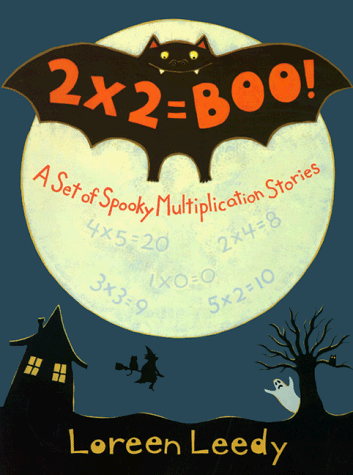- Music is a genre that often gets forgotten in the general education classrooms. There are many different ways that music is incorporated into text, whether it's a specific text about instruments, how to play music, or artists and composers (present and past). There is a lot to be learned through music; it is one of the oldest concepts in the world and it is constantly being improved and updated!
Criterion for Quality and Selection:
- Since music generally isn't taught in the everyday classroom, I would say that purpose is the most important criterion. There can be many different reasons for including music in the classroom, whether the students are learning about beat, or are going to be going to a musical or concert. The teacher just needs to make sure that the text is matching what the students are learning or going to be learning to further their knowledge.
- Secondly, I would want to make sure that the text is appropriate for the students. There are some areas of music that are good for students to learn at a young age, and there are those that should be taught later on. Students need to be able to understand what they are reading, in order to fully comprehend music and it's importance.
Use in the Classroom:
- Having a personal love for music, I would want to incorporate music into my classroom in as many ways as possible. Students should be introduced to all the amazing composers of the past such as, Beethoven, Bach, and Mozart. As well as those who have shaped every other type of music including, jazz, country, rock 'n roll, and soul.
- You could also use music text to introduce simple instruments to young students and teach them about different sounds and pitches they make. This can be done through maracas, shakers, bells, and drums. Simple objects that students can experiment with and explore, while also learning about them through literacy.
TEXT EXAMPLES:
Ardley, N. (1989). Eyewitness books: Music (1st ed.). London, UK: Dorling Kindersley.
Ardley, N. (1989). Eyewitness books: Music (1st ed.). London, UK: Dorling Kindersley.
- Complex Text Level: 5th - 6th
- Grade Level Span for Read-Aloud: 4th - 5th
- Major Themes:
- Musical Instruments
- Music History
- Worthy Qualities of Writing:
- The text is split into sections according to the different types of instruments such as, woodwind, brass, strings, and percussion. Within each section there are a number of different instruments illustrated, and each have a corresponding explanation.
- Other text features include a table of contents, an index, and history lessons within each of the different sections.
- At the beginning of the text there is some basic background information on what music is and how it is made. The text shows different wavelengths instruments can make and how different instruments produce different sounds.
- Use in the Classroom:
- I would use this text for students interested in being in band. They would be able to research the instrument they are interested in and learn about it's history and evolution.
- Support Needed:
- On each page there is a lot going on, with all the different instruments listed, some students may need assistance on knowing where to look first. Some of the pictures also go across both pages so that could be extremely confusing.
Pinkney, A., & Pinkney, B. (1998). Duke Ellington: The piano prince and his orchestra. New York, NY: Hyperion Books for Children.
- Complex Text Level: 3rd - 4th
- Grade Level Span for Read-Aloud: 2nd - 3rd
- Major Themes:
- Biography
- Jazz Music
- Worthy Qualities of Writing:
- The text is written chronologically, so the information is organized by Ellington's journey towards jazz music, also those members he picked up along the way.
- There were a number of different members that made up their band, and it includes a bit of background on each of them.
- There are a number of great text features, the main one being the illustrations. They are artfully drawn and greatly enhance what is being said in the text. There is also a straightforward biography at the end of text (rather than a storyline, which the text is), and sources for more biographies on Ellington.
- Use in the Classroom:
- I would use this text when teaching about influential individuals associated with music. Students could be assigned different individuals and create their own biography on the person and share it with the class.
- This text would also be great when teaching during Black History Month, and the importantce of Ellington and the creation of jazz music.
- Support Needed:
- What jazz music is and what it sounds like. The basis of the book is Ellington's journey of creating jazz music, so it would be beneficial for students to listen to some of his music and other jazz pieces.
- Preteaching of terms associated to music, such as notes, chords, sharps, and flats. This will allow students to better understand the text.











